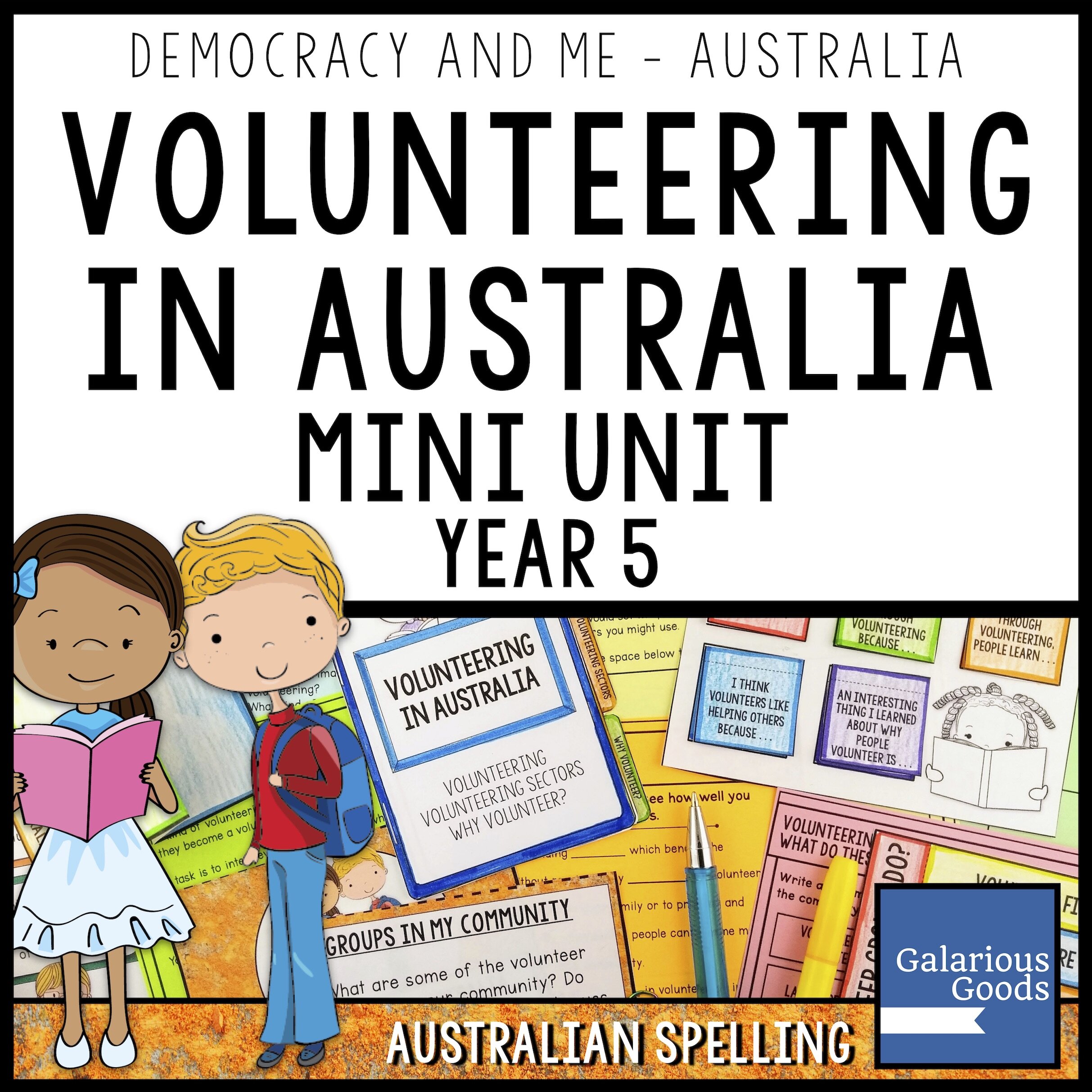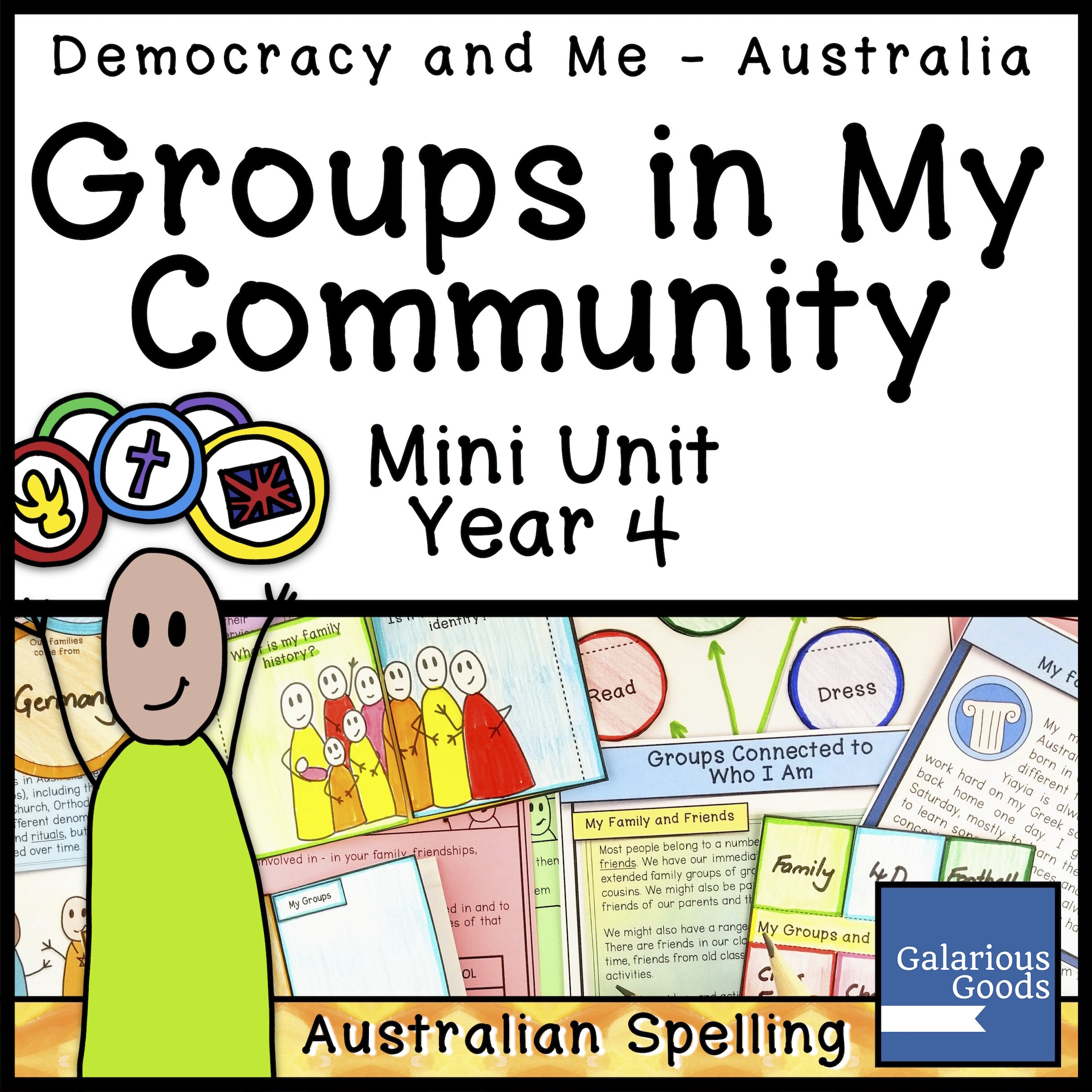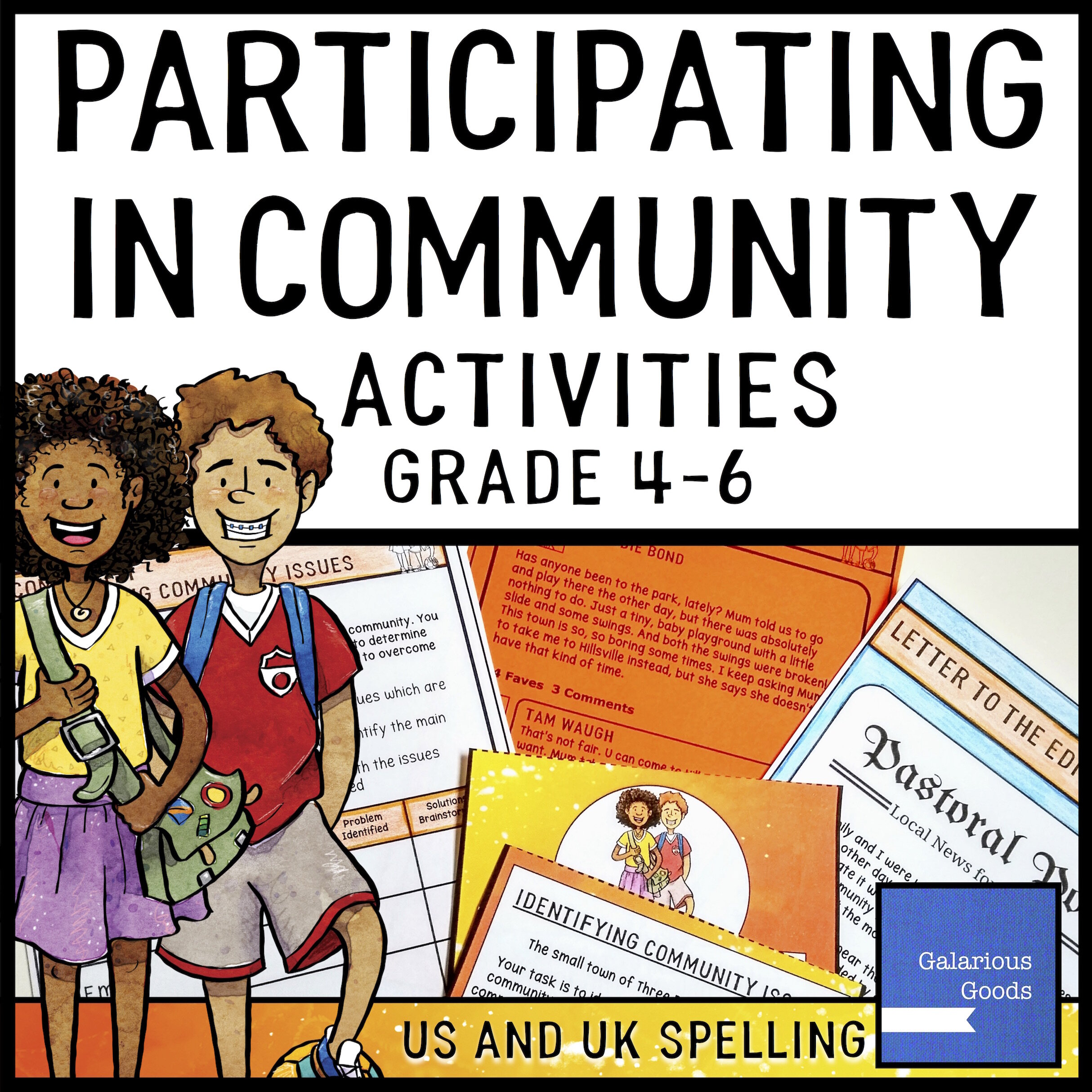5 Ideas for Teaching Community and Helpers After Disasters
/As I sit to write this blog post, three states of Australia are dealing with deadly bushfires. The television and social media is filled with pictures and stories of devastation, and there’s very real fears for our native fauna and flora.
But amongst that, people keep finding moments which lift us. A volunteer firefighter mum who writes brilliant, raw and funny pieces. A pharmacist who lost his home, but continues to work - without electricity - to make sure his community has medication. So many different groups travelling hours to make sure evacuees and volunteers are well fed and looked after. We see how strong community can be in the worst of times and how people can come together to make the best of horrific situations.
I’m not a counsellor or trained in counselling in schools, but I know students will be starting the new school year in January and February, filled with big emotions and big questions connected to these fires. There will be a huge need for professional assistance, but we know that classroom teachers will also have to respond to the events of this summer - even in communities which haven’t been impacted.
At times like this, I am often reminded of the Mister Roger’s quote: “When I was a boy and I would see scary things in the news, my mother would say to me, ‘Look for the helpers. You will always find people who are helping.’”
There have been no shortage of helpers during these fires - helpers who remind us of all the best parts of community. Here’s a few ways you might like to explore community and helpers in the classroom.
1. Define the Idea of Community
What is a community? What does it look like? What does it feel like to be part of a community?
These might be easier questions to answer in some small towns - community can be partially defined by the borders of the town - but it can be more difficult when you’re talking about cities or suburbs. Students might look beyond the physical boundaries of a community and instead reflect on their school communities, different faith communities or the interest communities for both adults and children (sports, after school activities, service groups etc)
When looking at school community, students might write about what makes their community special. They might reflect on a school motto or school song, look at behaviour values that all students learn about or talk about special events which happen every year.
2. Who are the Helpers in our Community?
Who are the helpers in our community? Can we identify all of them?
This is a great challenge for students to create an ongoing list of all the people who help others in their community - from police, doctors and firefighters to teachers, road crossing guards and tuckshop helpers.
My making the list ongoing, rather than a one time activity, students can add new helpers as they learn about them. They also have a visual reminder of all the helpers who work in their community. Additionally, you can also use the list for other classroom activities.
3. Learn about what helpers do in the community
What exactly does a police officer do? What about a native wildlife carer?
Investigating the roles of helpers in the community is the kind of activity you can do with students of all ages. You can choose one type of helper to explore or students can undertake individual investigations. Students can interview helpers or you can invite guest speakers to talk with the class. Students can create profiles, write news stories, write job descriptions - there are so many possibilities.
4. Learn about volunteering in your country
What is a volunteer? What do they do? What are some of the different types of volunteering you can do?
From surf lifesavers to service clubs like Lions to parents helping with reading in the classroom, there are so many different ways people volunteer. Students can examine the different ways people volunteer, why people volunteer and the benefits of volunteering. They can see what kind of volunteering kids and young people do. They can even create a campaign to encourage more volunteers.
5. Become helpers themselves
It can be easy to think that only adults are helpers. After all, children can’t be firefighters and they aren’t usually allowed to skip school to help koalas. But there are still ways they can be the helpers in their community.
Encourage them to think of small things they can do to create a better community. It might be looking at ways to make sure all students are included at play time, picking up litter without being told to or planting trees with their parents. It could be writing to local politicians about a local park or making sure a grocery story has a soft plastic collection bin.
When big disasters happen, they might like to raise money to help certain causes. They might like to explore the different charities collecting money and learn which charities would be most effective. They could talk about different ways of fundraising and choose one which would be most effective for their community. They can learn about promoting their fundraising and how they can best communicate what they are trying to do.
They can also take on the important role of thanking the helpers in their community. Drawings, letters and cards can mean an awful lot - a reminder of why helpers are doing such an important job. It’s an easy way to make a big difference.















